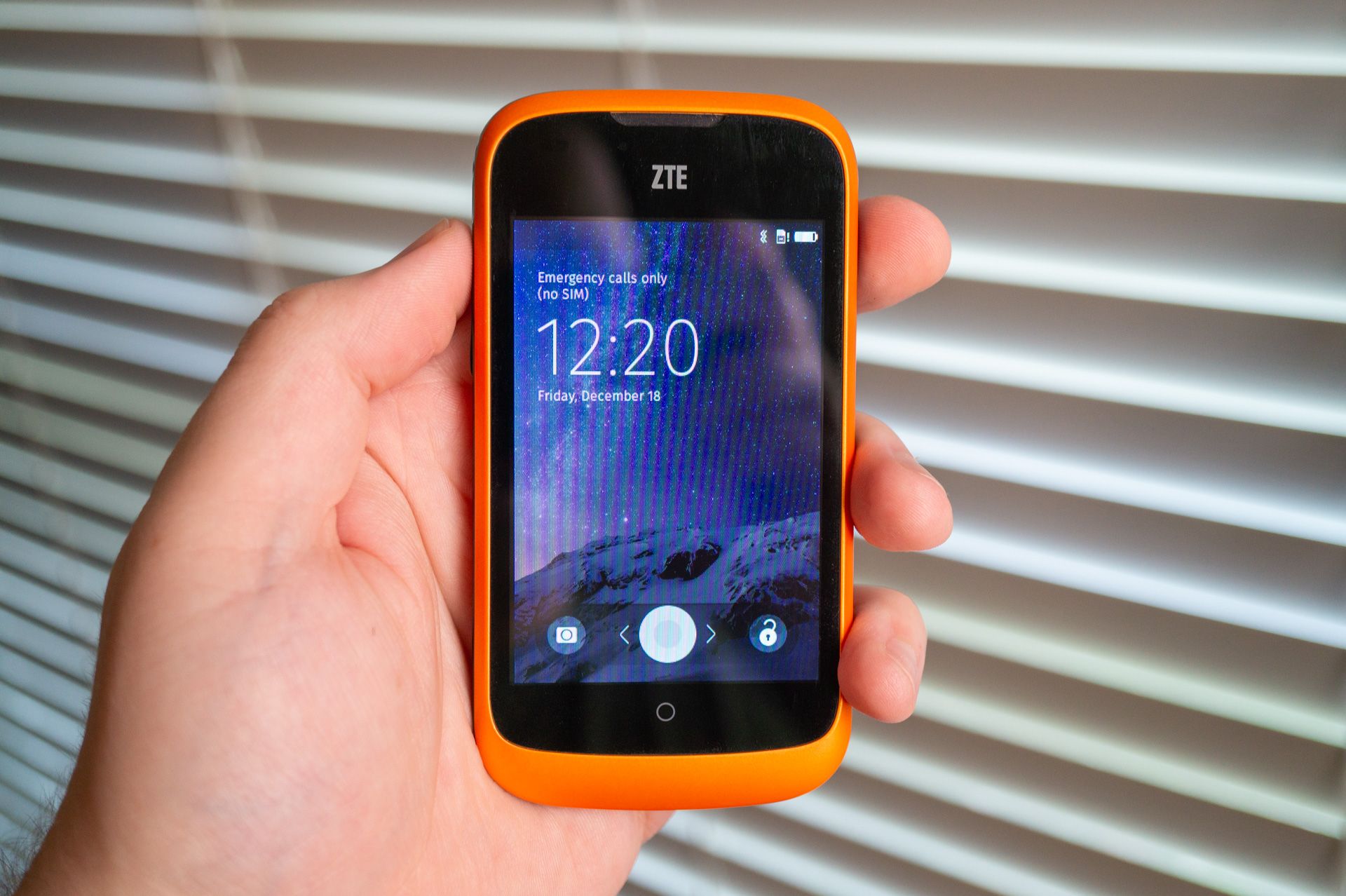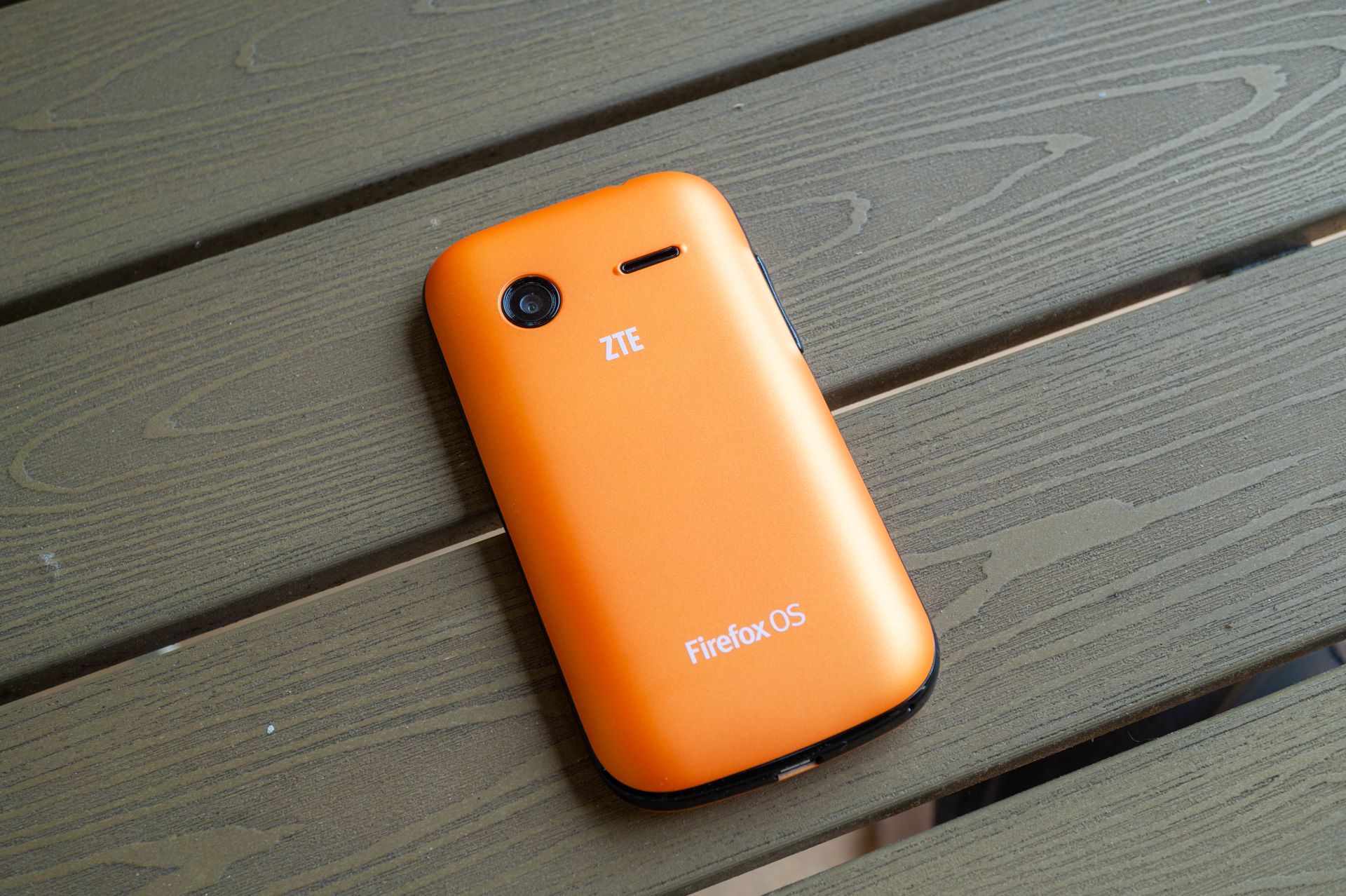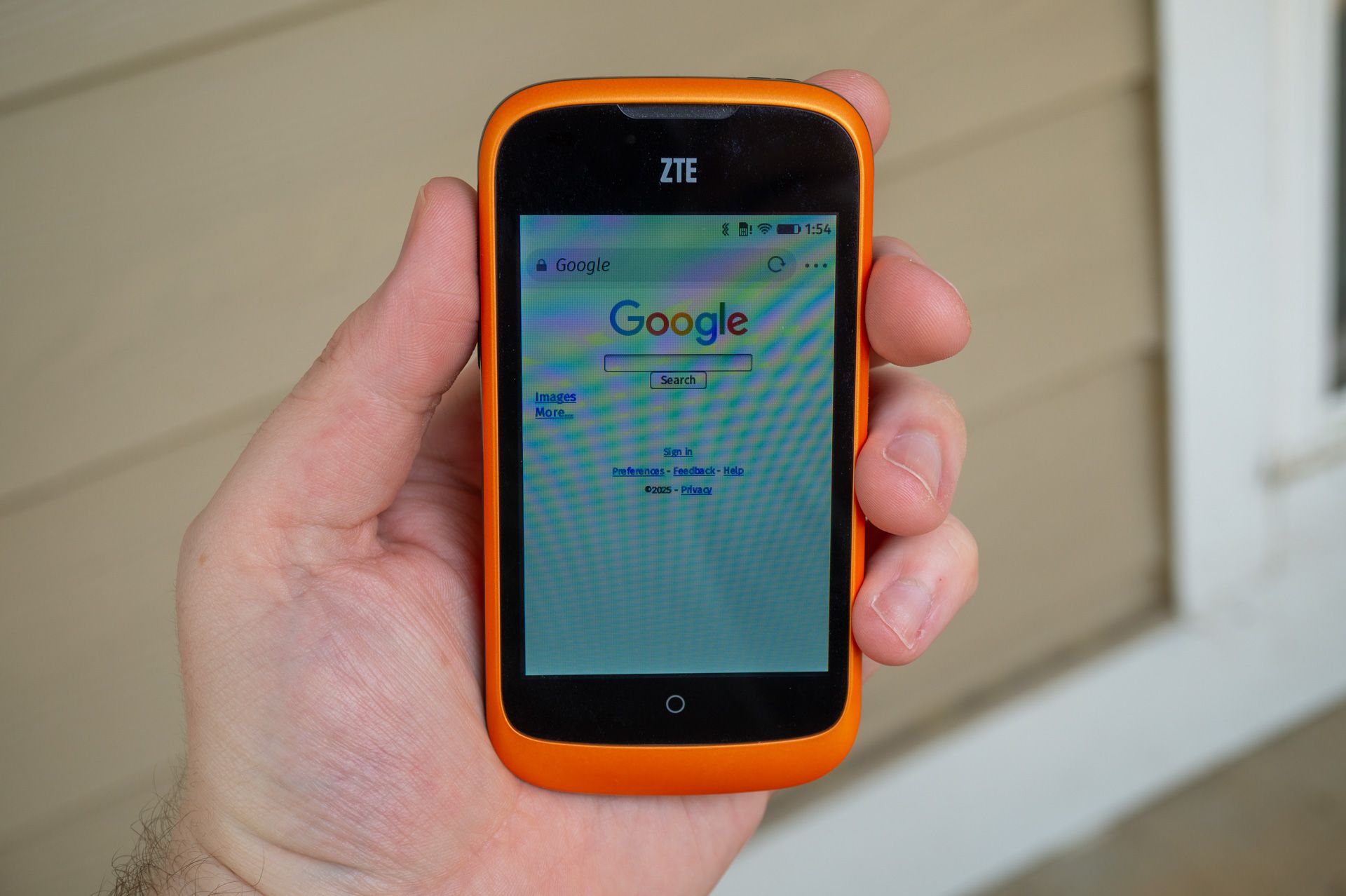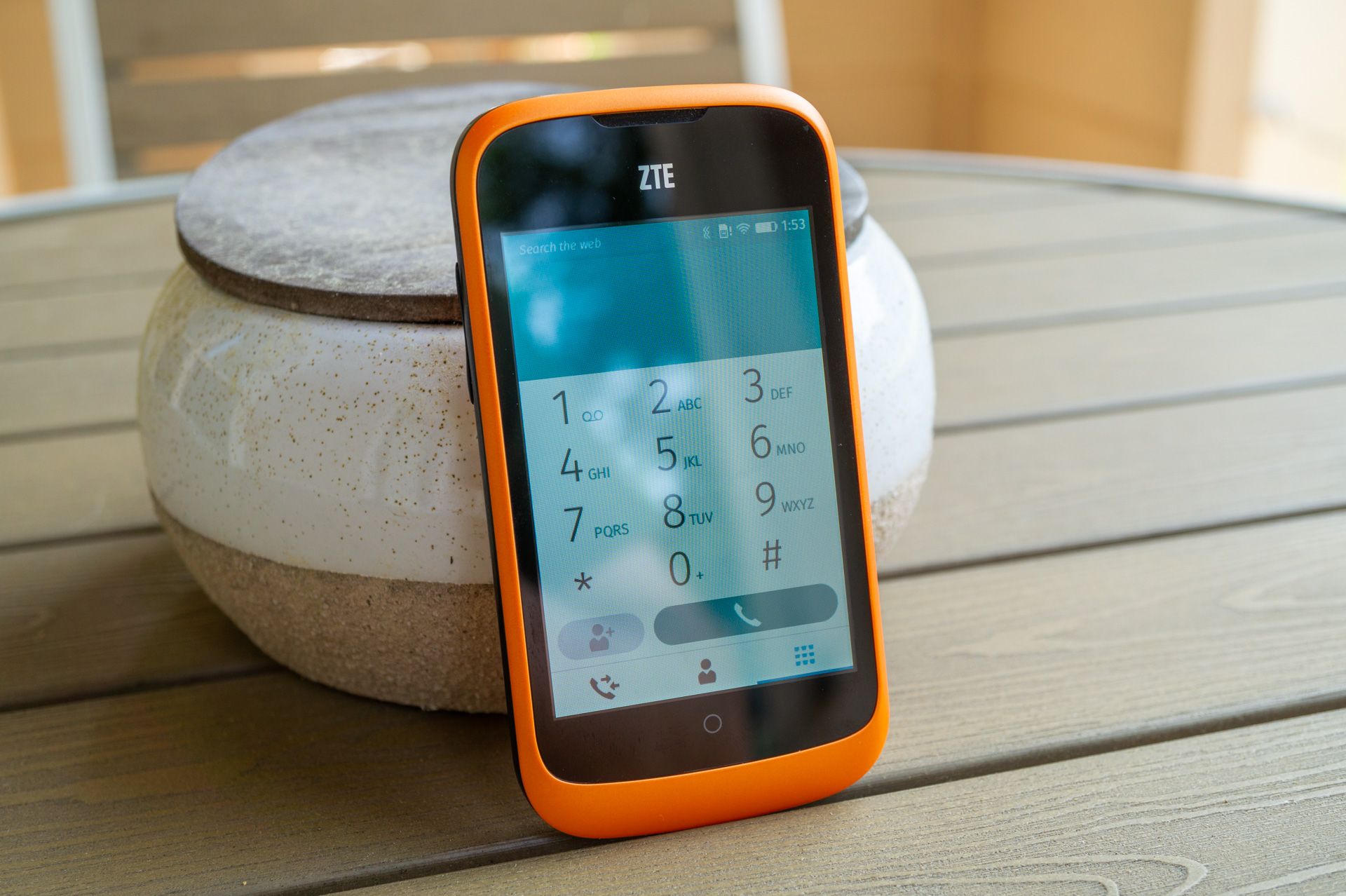
Whatever Happened to Firefox OS, Mozilla’s Android Alternative?
Firefox is a free and open source web browser—the largest one that isn’t tied to a corporation. Yet there was a briefly a time when Firefox was also a smartphone operating system. Firefox OS ultimately didn’t take the world by storm, but why?
What Was Firefox OS?
It’s almost funny to think about now, but over a decade ago, the Apple and Google smartphone duopoly was already a problem, and various competitors hoped they could compete. Firefox OS was one of them.
Like Android, many of these alternatives were based on Linux. In addition to Mozilla’s Firefox OS, there was Ubuntu Phone from Canonical and Sailfish OS from Jolla. Each of these came to market within a few years of each other, with Firefox OS launching in 2013. Each carried the torch for Linux users, as it became increasingly clear that despite having an open foundation, most of the Android software people actually used would be increasingly locked down.
Firefox OS was built around the same web technologies that went into the browser and powered the web itself. The Linux kernel was the base. On top of that sat the Firefox and Gecko browser engines. Apps were to be built using existing open standards and programming languages, such as JavaScript and HTML.
The project was first announced two years prior as the “Boot to Gecko” project. The stated goal in the announcement shared on a Google Groups mailing list was to build a complete and standalone operating system for the open web. The idea was to give web apps a place to function as well as nature apps. Here, web apps would be native apps.
An emphasis on web apps was not too dissimilar from that of the original iPhone, which lacked an app store. Apple imagined the iPhone would run web-based software instead.
As the project grew, it was renamed Firefox OS and committed to a vision of being an open platform free of proprietary software, in contrast to the walled gardens of iOS, Android, and Windows Phone (RIP). Firefox OS was also to be free of DRM.
Where Could You Use It?
Firefox OS originally appeared on a series of devices intended for developers, and these were the models that garnered the most press at the time.
I remember wanting a ZTE Open and the ZTE Open C. The first of these is the phone you see pictured, courtesy of our news editor Corbin Davenport.
Other devices included the Geeksphone Keon and the T2 Mobile Flame.
Consumer devices came later. There was the ZTE Open II, a direct follow-up to the developer models. The next largest brand would be Alcatel, who released the
Onetouch Fire C and the Onetouch Fire E. Other phones came with brand names I had never heard of, such as the Intex Cloud FX and the Spice Fire One MI FX1.
These phones were primarily available in Europe and emerging markets, as it was even more difficult to connect an unlocked phone to most American cellular networks at the time.
Was It Any Good?
Virtually all the devices that Firefox OS shipped on were low-end phones. They were under-powered, with weak processors and very little RAM. That meant the experience was pretty slow.
In some ways, it’s unfair to ask if Firefox OS was good for this reason. Our feelings toward Android would be very different if the most powerful phone it ever appeared on in a carrier store wasn’t a Samsung Galaxy S25 Ultra, but a Moto G. Such was the hardware Firefox OS had to deal with.
Yet there were reasons to take issue with the software itself. The app launcher was basic compared to what Android and even iOS offered at the time. There weren’t many high-quality apps to try out, and those that did exist still felt very much like web apps, not native ones.
I remained curious primarily because I was an on-again, off-again free software purist and Linux nerd. But for non-enthusiasts, the experience was inferior to that of a budget Android phone.
The coffin was sealed when Google announced and released Android Go, a slimmed-down version of Android that brought minimum RAM requirements back down to 512MB. OEMs that wanted to ship cheap phones could do so using Android and provide access to the millions of apps for the same price as shipping Firefox OS. The latter no longer has much of a sales pitch.
Where Is Firefox OS Now?
Firefox OS was officially discontinued in January 2017, but it continued on in the form of separate projects based on Firefox OS code.
The most direct successor was B2G OS, continuing the project’s original name. This was a community-run endeavor to keep Fifofox OS alive in its existing form, but there wasn’t much enthusiasm. That project was unmaintained by the end of 2017.
Today, Firefox OS lives on KaiOS, the fork that managed to survive. And unlike Firefox OS, you can easily order a phone running KaiOS in the US. You may even find yourself running KaiOS unknowingly if you walk into a prepared carrier store and pick up a flip phone, like the TCL Flip 4 5G.
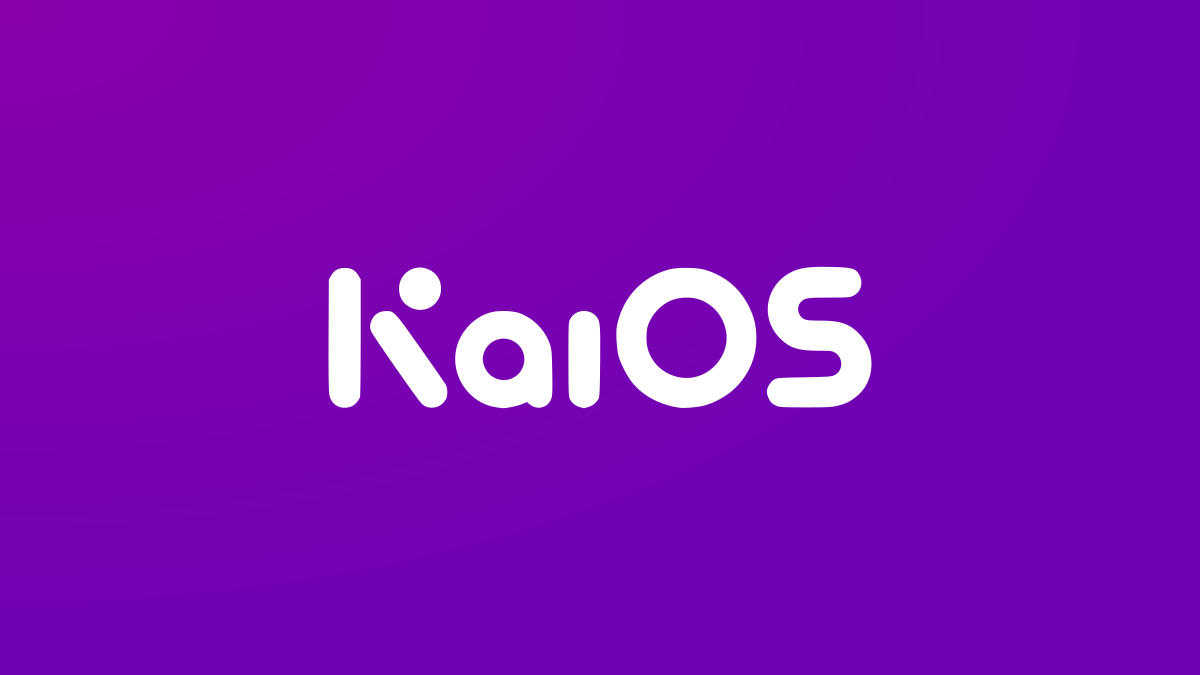
Related
What Is KaiOS, and Can It Replace iPhone and Android?
Somewhere between smartphone and dumbphone.
The resemblance to Firefox OS is all but gone, as KaiOS is an interface designed for basic phones. It continues to exist in part because it ships on devices too underpowered even for paired down versions of Android. So you’re less likely to use Firefox OS today from being a free software enthusiast and more likely to from simply trying to cut down on smartphone usage.
Remember those other alternatives to Android and iOS I mentioned? As you already know by now, none of them caught on. Firefox OS’s failure was not unique. In some ways it employed a similar strategy, and faced a similar fate, as Ubuntu Phone—except the latter remains available as a community-supported OS you may be able to install on your existing phone.
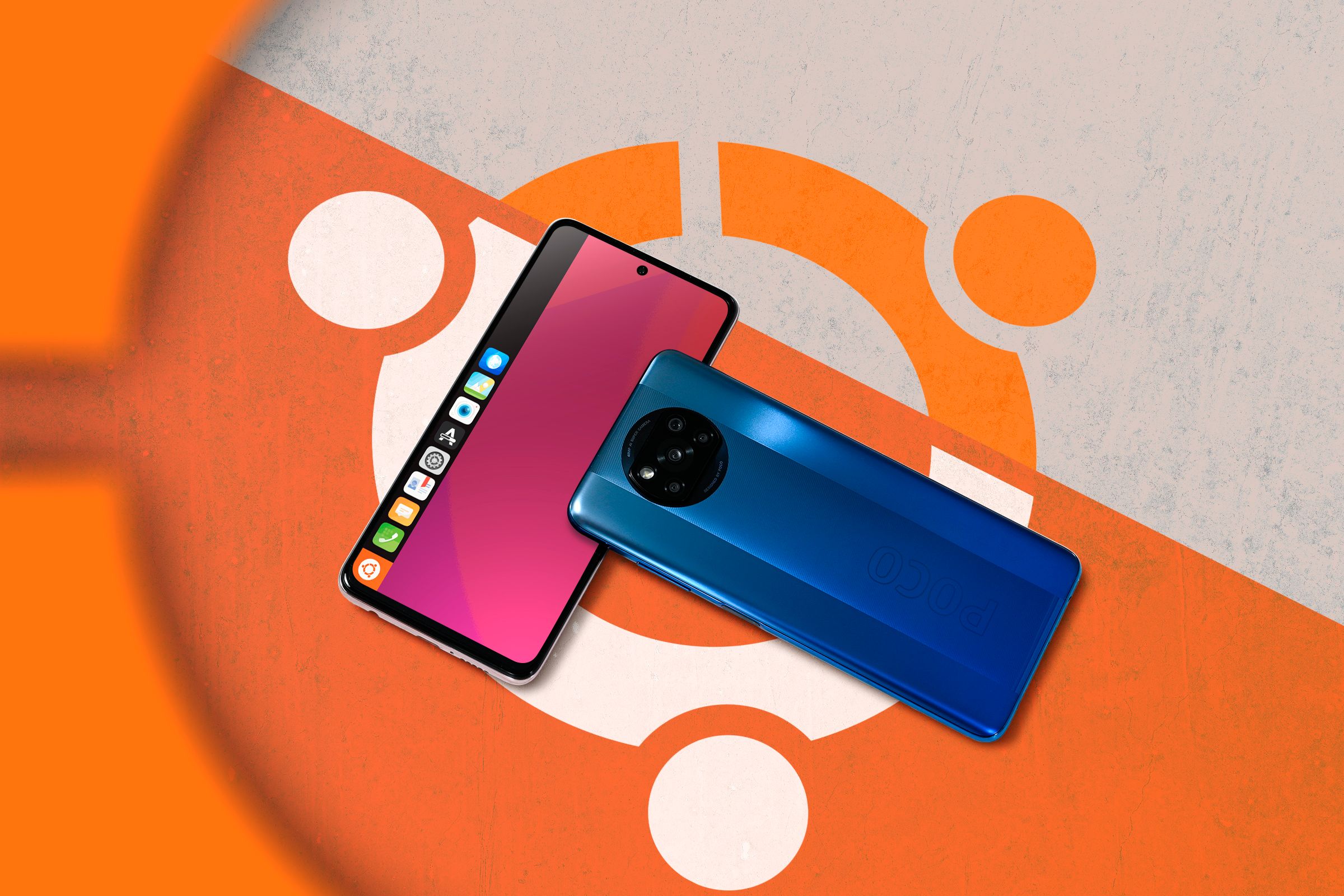
Related
I Tried Running Ubuntu on My Phone, Here’s How It Went
Is Ubuntu Touch good enough to replace Android?

